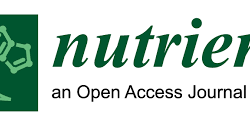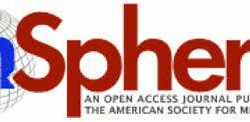Assessing arsenic in human toenail clippings using portable X-ray fluorescence
Authors: David Fleming, Samantha Crook, Colby Evans, Michael Nader, Manuel Atia, Jason Hicks, Ellen Sweeney, Christopher McFarlane, Jong Sung Kim, Erin Keltie, Anil Adisesh Journal: Applied Radiation and Isotopes Abstract: Arsenic is a toxic metalloid which has been associated with a wide range of health effects in humans including skin abnormalities and an elevated risk of skin, bladder, kidney, and lung cancer, diabetes, and cardiovascular disease. The measurement of arsenic concentration in nail clippings is often used in population studies as an indicator of arsenic exposure. Portable X-ray fluorescence (XRF) is an emerging technique for measuring arsenic in nail clippings. In the current study, single toenail clippings from 60 Atlantic Canadian participants were assessed for arsenic using a new portable XRF approach. A mono-energetic portable XRF system using doubly curved crystal optics was used to measure each clipping for a total of 900 s. Energy spectra from each clipping were analyzed for arsenic characteristic X-rays to provide a normalized arsenic signal. The same clippings were then analyzed for arsenic concentration using a “gold standard” method of inductively coupled plasma mass spectrometry (ICP-MS). Nail clipping arsenic concentrations measured by ICP-MS ranged from 0.030 μg/g to 2.57 μg/g, with a median result of 0.14 μg/g. Portable XRF results for arsenic were compared against ICP-MS arsenic concentrations, with a linear equation of best fit determined between the two variables. A correlation coefficient of r = 0.77 was found from the 59 nail clippings returning an ICP-MS arsenic concentration above the limit of quantitation. When the comparison was limited to the 20 clippings having an XRF normalized signal at least twice as large as the associated uncertainty of measurement, the correlation coefficient was r = 0.89. With the selection of an arsenic concentration of 0.1 μg/g as a cut-off value between “exposed” and “non-exposed” individuals, the XRF method provided a test sensitivity of 76% and a specificity of 81%. The corresponding positive predictive value was 88% and the negative predictive value was 65%. The portable XRF technique used in this study shows promise as a means of assessing arsenic concentration in toenail clippings. Doi: https://doi.org/10.1016/j.apradiso.2020.109491 Last Updated on October 27, 2020


